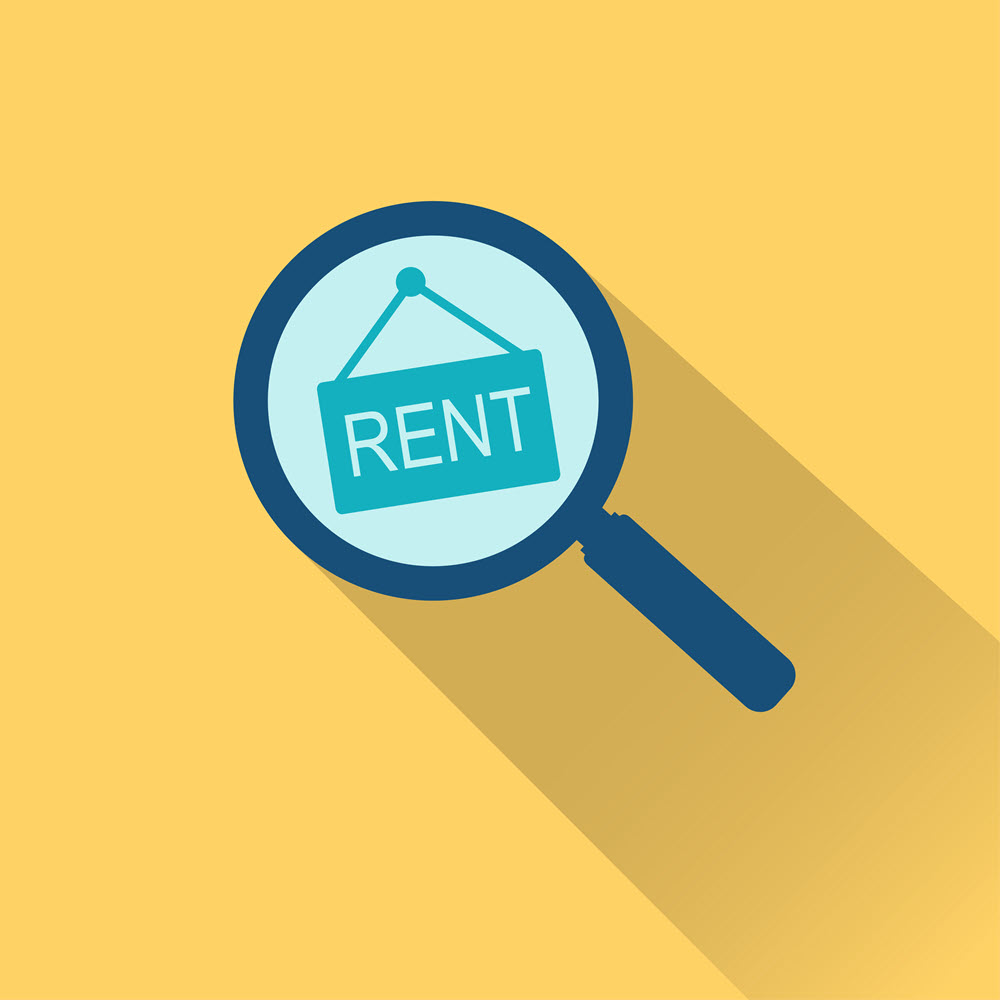Fair Market Rent – How it Affects the Value of Your Child Care Business

Every child care business operates in a facility – building and land. Some child care owners lease the building and land from a third-party owner. The owner of the building and land “real estate” determines how much rent they require. This “third-party,” “arms-length” relationship often results in the greater likelihood that the child care business owner is paying what would be considered fair market rent.
However, a high percentage of child care business owners also own their child care building and land – the associated real estate. Given that the business owner is also the real estate owner, they can determine how much rent to pay themselves for using the building and land. More often than not, the rental amount paid does not equal what would be considered fair market rent.
Not paying fair market rent can substantially impact the value of the child care business – good or bad. Let me share a couple of examples to illustrate:
Sally and John designed and built their child care building 30 years ago. They obtained one loan to buy the land, build the building, furnish all the classrooms, purchase and install playground equipment, and some working capital to help with cash flow as their enrollment grew. The monthly loan payment was $15,000, and the early years were financially tight. But, they worked hard, provided great care, earned a glowing reputation in the community, and reached full enrollment within nine months of opening. They made extra payments on their loan during good times and celebrated when they made the last payment on their twelfth business anniversary.
Sally and John were all about community involvement, supporting their families, and providing the best care and early education. They felt for their young families that struggled with the cost of child care. Since they had paid off their business and real estate loan, Sally and John did not increase their tuition rates more than a couple of dollars every year or so. They could afford to charge less than area competitors because they were not paying a monthly mortgage or rent on their building anymore.
After 30 years, it was time for Sally and John to retire, so they reached out to a child care business broker to learn about the process and understand what their child care business and real estate were worth. They were astonished to learn that their child care business was not as profitable as they had always thought. Limited profits were left once the financial statement was adjusted to include “fair market rent” (also known as fair market facility cost). To receive full business and real estate value, the business operations must be able to pay fair market rent and produce an acceptable level of profits as well.
Similarly, Peggy and Mat purchased their child care business from the original owner. They held the business in one corporation, and the real estate they put into a separate LLC. Their mortgage payment was $10,000 per month. Their child care business paid their LLC (that owned the real estate) $10,000 per month rent, building insurance, and real estate taxes. Peggy and Mat never researched what fair market rent would be for their child care real estate (building and land).
After ten years, Peggy and Mat decided to sell their child care business. They were surprised to learn that fair market rent would be closer to $17,000 per month. The $84,000 fair market rent adjustment to their financial statement resulted in a decrease in their business profitability and business value. The child care business broker also explained how not paying fair market rent would negatively impact the ability to sell the business and could lessen the ability of some buyers to obtain financing.
These are just two examples. The key takeaway from this article is that a child care business must be able to pay “fair market rent” because:
Paying less than fair market rent often leads the owners to think their business is more profitable than it really is.
Not to charge tuition rates that cover all “true” costs of operations because they have a false sense of business profitability.
When rent is adjusted to reflect “fair market rent” during the business valuation process. Paying less than fair market rent will lower business operating profits and value.
Lenders want to see that a child care business operation is paying fair market rent, charging market tuition rates, can cover the debt service (loan) to purchase the business, pay the new owner a living wage, and generates sufficient cash flows to cover working capital and net operating profits. When a child care business cannot cover these things, the ability to obtain a loan to buy the business decreases.
Similarly, to individuals, buyers that operate multiple locations will also find it difficult to pay what might be the full value of the real property if the business has not been paying fair market rent or business profits are not enough after adjusting the financials to provide for the payment of fair market rent.
In my 27 years of working with child care business owners, not paying the reasonable rent for the real property is one of the most common mistakes I’ve seen child care business owners make. If you have questions about fair market rent and your child care business, call us at 336-543-0640. Please do not wait until you are ready to exit to learn you have not been paying fair market rent and its negative impact on your child care business value.
